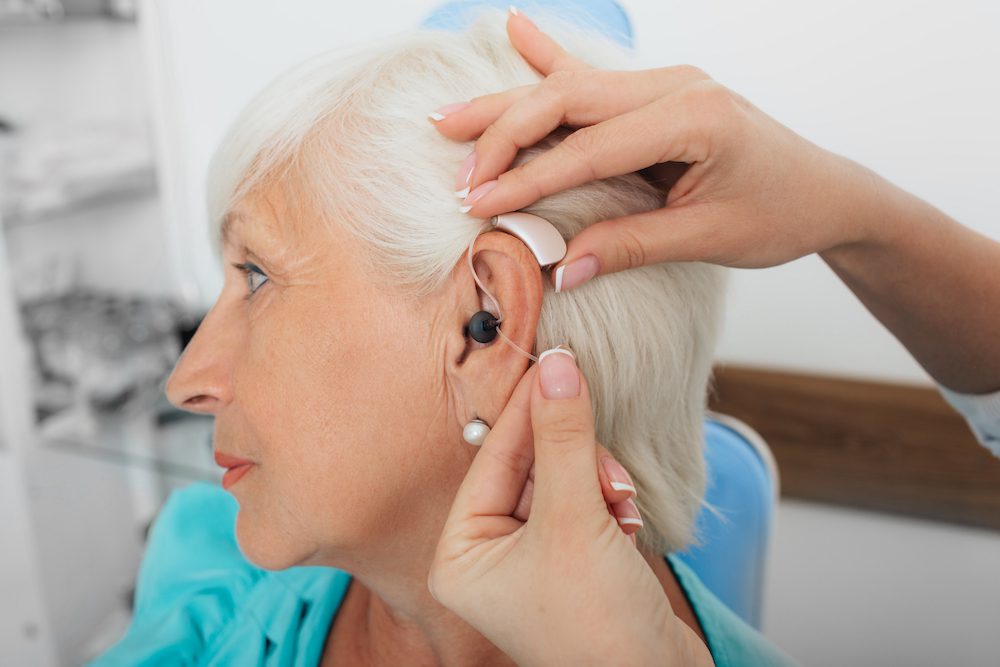5 Common Hearing Loss Myths
Hearing loss is a serious issue that affects millions of people all around

By: admin | April 16, 2023
If you are experiencing hearing loss in any way then it is only natural that you would be interested in how to manage it. The most common way to address hearing loss is by getting a hearing aid. If you’re in the market for a hearing aid you have probably heard that assistive hearing technology is beneficial for helping you to have a great experience in public spaces where it can be next to impossible to hear clearly. Here is a closer look at how this technology can help.
Assistive listening devices are important tools for individuals with hearing difficulties. These devices can amplify sound and make it easier for people with hearing challenges to communicate with others and participate in social activities. With assistive listening devices, individuals can hear better in various settings, including classrooms, workplaces, and public spaces. These devices come in different forms, such as hearing aids, cochlear implants, and FM systems. They can also be customized to meet the specific needs of the user, ensuring that they receive the best possible hearing experience.
Another reason why assistive listening devices are essential is that they can improve the quality of life for people with hearing challenges. Communication is crucial for human interaction, and those who struggle with hearing can feel isolated and excluded from conversations without the proper tools. With assistive listening devices, people can feel more confident and engaged in social situations, leading to improved mental health and overall well-being. Assistive listening devices can also help individuals with hearing difficulties maintain their independence and continue to participate in activities they enjoy. Therefore, it is crucial to promote the use of assistive listening devices and provide access to them for those who need them.
There are three major types of assistive listening technology. Each of them has a unique way of helping and can make hearing loss more manageable.
An audio induction listening device is also called a hearing loop. Some of the key features of this assistive technology are that they transmit sounds over a microphone and an amplifier. There is also wiring that is placed in circles through the entire listening area. The loop will eliminate any background noise and allow the person who is listening to hear what the speaker is saying as clearly as possible.
When you wear a hearing aid you can use what is called a telecoil switch or program on your hearing aid. Once you stand in the wired area you will pick up on the sounds very easily.
The Bluetooth system is another popular assistive hearing technology. Bluetooth will transmit sounds by Wi-Fi and will work directly with a hearing aid that is equipped with Bluetooth. It can also be used if you have hearing loss but still need to get your hearing aid. It is possible to use your smartphone or your tablet along with earphones to connect to the sound that is transmitted wirelessly through a Bluetooth system.
Infrared systems are also prevalent in situations where assistive technology is necessary and they work exactly like a remote control. When the system is in use all users should sit in a straight line so that they can receive the IR signals from the device emitting it. When you are using the Infrared system you will need a receiver, a neck loop, or headphones. However, if you have a hearing aid that has telecoil you will not need earphones.
Alarm system ALDs are critical safety tools that can help individuals with hearing challenges in emergency situations. These devices are designed to alert people to potential danger, such as fire alarms or carbon monoxide detectors, and can be installed in various locations, including homes, workplaces, and public spaces. They use a combination of loud sounds, flashing lights, and vibrations to attract the attention of those nearby, making them accessible to individuals with different types of hearing difficulties. Some alarm system assistive listening devices can also transmit alerts directly to smartphones or wearable devices, ensuring that users receive timely notifications. With these devices, individuals with hearing challenges can feel more confident and secure in their ability to respond to emergencies and take appropriate action to protect themselves and others.
If you would like to learn more about assistive listening devices, you can contact the Physicians Hearing Center at (334) 441-4090. Our team will be glad to answer any questions you may have about using this technology.
Tags: assistive listening technology, hearing aid technology

Hearing loss is a serious issue that affects millions of people all around
By: admin | September 30, 2022

If you're one of the millions of people who use hearing aids, then you
By: admin | August 22, 2022

Did you know that your hearing affects your balance? It's true! In
By: admin | August 4, 2022
